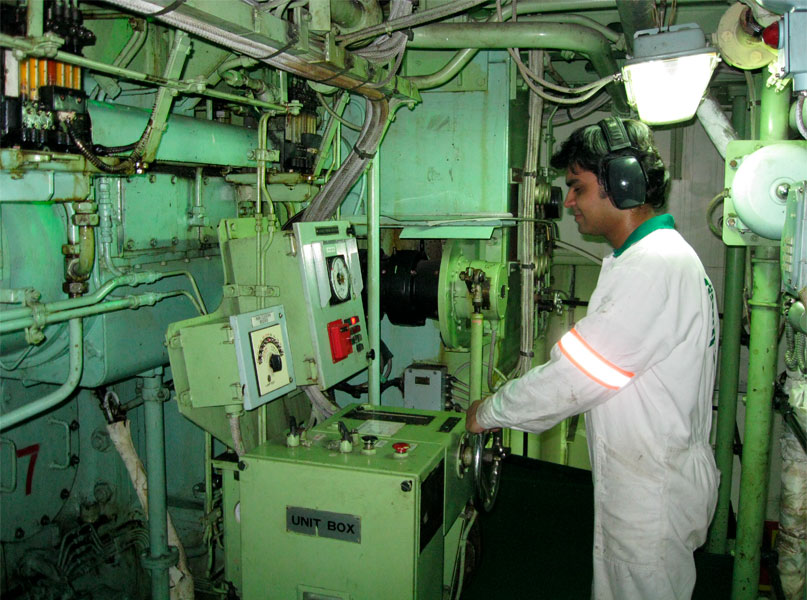Each bearing consist of a series of pads supported in a carrier ring, each pad is free to tilt so that it creates a self-sustaining hydrodynamic film.
The carrier ring may be in one piece or in halves with various location arrangements.
Two ways of lubrication in the bearing:
1. Flooded lubrication
- Flood the housing with oil, using an orifice on the outlet to regulate the flow and maintain pressure (Housing pressure- 0.7 to 1.0 bar ) to minimize the leakage.
- Seal rings are required where shaft passes through the housing.
- Simple but results in high parasitic power loss due to turbulence at high speed.
- Where mean sliding speeds in the excess of 50m/s are expected the losses in the flooded lubrication can be eliminated by employing directed lubrication.
- Reduce power loss by 50%.
- Reduce the bearing temperature, also reduces the oil flow in most cases.
- No seal rings are required on the shaft.
- Oil supply pressure for directed lubrication is 1.4 bar.
- Directed and flooded bearing have same basic sizes and use identical thrust pads.
- The bearing housing must be kept free of bulk oil through an simple drain area around the collar periphery.
- Oil velocity in the supply passage should not exceed 3m/s to ensure full pressure at the bearing.





No comments:
Post a Comment